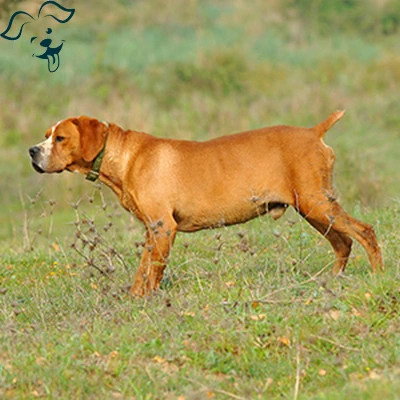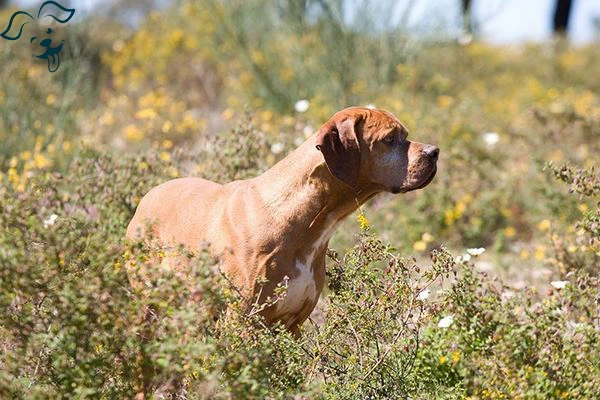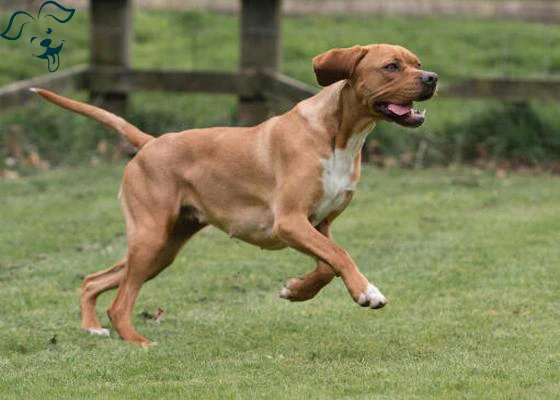CARING WITH FAMILY
|
| The level of affection a breed displays towards its family members and familiar individuals varies significantly. While certain breeds may exhibit aloofness towards anyone except their owner, other breeds treat everyone they know as their closest companion. |
LOVE WITH CHILDREN
Unwise
Good With Children
|
| The level of tolerance and patience a breed exhibits towards children's behavior coupled with its family-friendly nature is of utmost importance. It is advised to provide constant supervision when dogs interact with young children or those with minimal exposure to dogs. |
BEHAVIOR WITH DOGS
Unwise
Good With Other Dogs
|
| When considering the overall friendliness of a dog breed towards other dogs, it is important to remember that supervision is crucial during their interactions and introductions. However, certain breeds naturally tend to be more inclined to get along with other dogs, whether it be within the comfort of their own home or in public settings. |
SHEDDING LEVELS & MANAGEMENT
No Shedding
Hair Everywhere
|
| The amount of fur and hair that a breed is prone to leaving behind is an important consideration. Breeds that shed heavily will require more frequent brushing have a higher likelihood of triggering certain allergies and may necessitate more regular vacuuming and lint-rolling to maintain cleanliness. |
COAT GROOMING STANDARDS
|
| It is essential to take into account the grooming needs of a breed, including bathing, brushing, trimming and other forms of coat maintenance. The frequency of these tasks should be considered based on the time, patience and budget you can allocate for such care. Additionally, it is important to note that all breeds require regular nail trimming. |
DROOLING INTENSITY
Less Likely to Drool
Always Have a Towel
|
| The propensity of a breed to drool is a factor worth considering. If you have a preference for cleanliness, breeds that have a tendency to leave trails of slobber on your arm or create large wet spots on your clothes might not be the most suitable choice for you. |
COAT STYLES GUIDE |
| Smooth |
| COAT SPECTRUM |
| Short |
FRIENDLINESS
Reserved
Everyone Is My Best Friend
|
| When evaluating the friendliness of a breed towards strangers, it is important to note that some breeds tend to be reserved or cautious around unfamiliar individuals, regardless of the setting. On the other hand, certain breeds are generally more open and enthusiastic about meeting new people whenever they have the opportunity. |
LIVELINESS
Only When You Want To Play
Non-Stop
|
| The level of enthusiasm a breed exhibits towards play even beyond the puppy stage is worth considering. Certain breeds will continue to enjoy activities like tug-of-war or fetch well into their adult years. Meanwhile, others will be content with spending most of their time relaxing on the couch with you. |
VIGILANCE INTENSITY
What's Mine Is Yours
Vigilant
|
| The inclination of a breed to alert you of the presence of strangers is significant to consider. Certain breeds are more likely to react to any potential threat, whether it's the mailman or a squirrel outside the window. Additionally, these breeds have a higher tendency to warm up to strangers who enter the house and are accepted by their family. |
ADAPTATION CAPACITY
Lives For Routine
Highly Adaptable
|
| The adaptability of a breed to change is an important aspect to consider. This includes their ability to handle variations in living conditions, noise levels, weather conditions, daily schedules and other day-to-day fluctuations in life. |
OBEDIENCE LEVEL
Self-Willed
Eager to Please
|
| The ease of training your dog and their willingness to learn new things vary among breeds. Certain breeds are eager to please their owners and are motivated by making them proud. On the other hand, some breeds have a more independent nature and may prefer to prioritize their own desires and act according to their own will, regardless of your instructions. |
STAMINA LEVEL
|
| The exercise and mental stimulation requirements of a breed should be taken into consideration. High-energy breeds are often full of enthusiasm and always ready for their next adventure. They thrive on activities that involve running, jumping and playing throughout the day. On the other hand, low-energy breeds tend to have a more relaxed disposition and are content with lounging around and enjoying a snooze. |
VOCALIZATION
|
| Medium |
LEARNING CURIOSITY LEVEL
Happy to Lounge
Needs a Job or Activity
|
| The mental stimulation requirements of a breed are important to consider for their overall happiness and well-being. Purpose-bred dogs often have jobs that require decision-making, problem-solving, concentration and other cognitive qualities. Without adequate mental exercise, they may resort to creating their own activities to keep their minds busy, which may not align with the projects you have in mind or could even be undesirable. Providing appropriate mental stimulation is crucial to keeping such breeds content and preventing the development of unwanted behaviors. |
| COLORS |
|
Description
|
Registration Code
|
|
Yellow
|
232
|
|
Light Yellow
|
530
|
|
Red Yellow
|
531
|
|
| PATTERNS |
|
Description
|
Registration Code
|
|
White Markings
|
014
|
|






























FRIENDLINESS
LIVELINESS
VIGILANCE INTENSITY
ADAPTATION CAPACITY